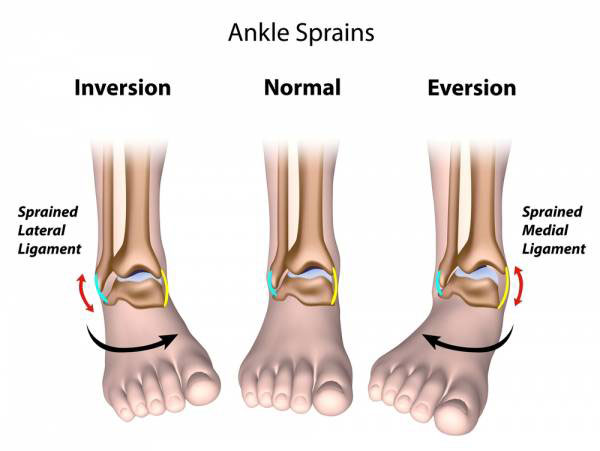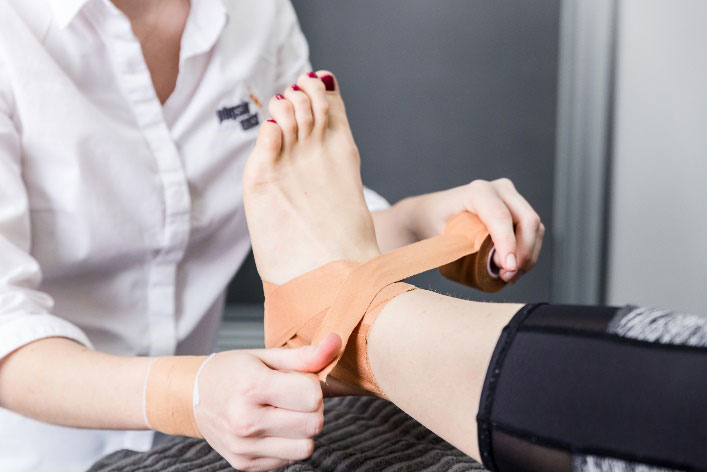
Should you get your ankle checked?
In the UK, ankle sprains account for 3-5% of all emergency department visits, a staggering 5,600 visits a day (1), whilst in the US, 2 million ankle sprains occur each year(3). Nearly half of these injuries will occur in sport, with basketball, football and soccer being the most common.
The fact that ankle sprains are so common is probably what leads most people to regard sprains as a “benign” injury, which should get better with very little if any treatment. However, between 40-50% of new ankle sprains, symptoms such as the ankle feeling unstable, swelling, poor strength and balance can persist over many months. When these symptoms persist over 6 months, the injury changes from an ankle sprain into Chronic Ankle Instability (CAI).

What is Chronic Ankle Instability?
Strictly speaking, Chronic Ankle Instability is defined as the continuation of ankle sprain symptoms for more than 6months4, and can develop irrespective of how bad the injury first was. There are three main factors that interact to determine level of chronic instability:
- Mechanical instability: laxity of the actual ligaments and supporting soft tissue, which can be assessed using clinical tests.
- Perceived instability: how unstable it feels to you.
- Recurrent sprains: are you re-spraining whenever you return to activity?
In CAI you may experience any combination of these factors, but if not addressed the chance that these symptoms will persist is very high.

If you take anything away from this blog it should be that not all ankle sprains recover by themselves, sometimes specific treatment and targeted rehab are needed to restore function. So if you’ve had an ankle sprain, maybe it’s been a week or maybe it’s been a few months, it may be worthwhile visiting your local Physio and Sports Chiro.
References:
1. Cooke MW, Lamb SE, Marsh J, Dale J. A survey of current consultant practice of treatment of severe ankle sprains in emergency departments in the United Kingdom. Emerg Med J. 2003 Nov;20(6):505-7. PubMed PMID: 14623832; PubMed Central PMCID:PMC1726246.
2. Waterman BR, Owens BD, Davey S, Zacchilli MA, Belmont PJ Jr. The epidemiology of ankle sprains in the United States. J Bone Joint Surg Am. 2010 Oct 6;92(13):2279-84. doi: 10.2106/JBJS.I.01537. PubMed PMID: 20926721.
3. Ivins D. Acute ankle sprain: an update. Am Fam Physician. 2006 Nov 15;74(10):1714-20. Review. PubMed PMID: 17137000.
4. Dommerholt, Jan. (2015). Manual Therapy for Musculoskeletal Pain Syndromes: An Evidence and Clinical-Informed Approach.
